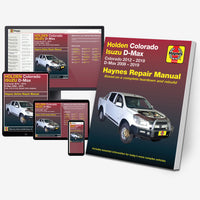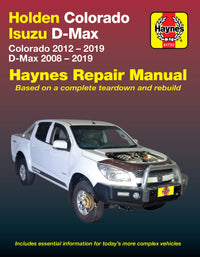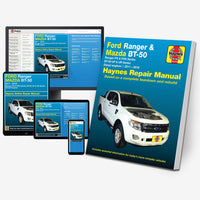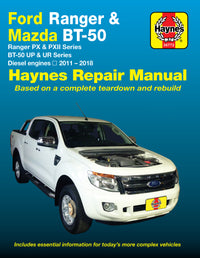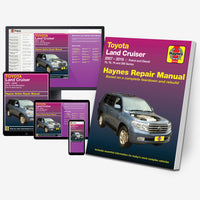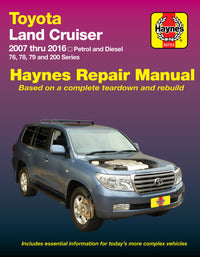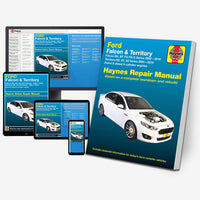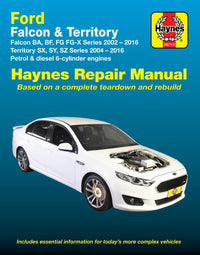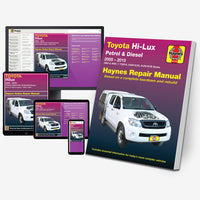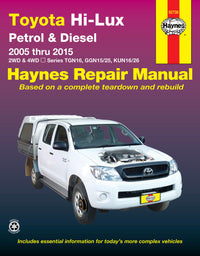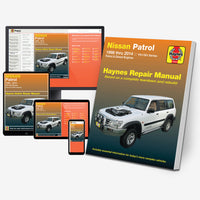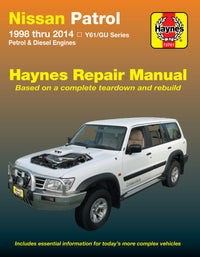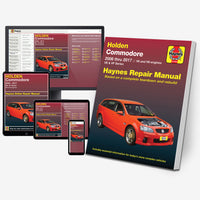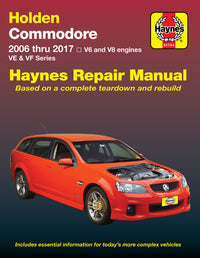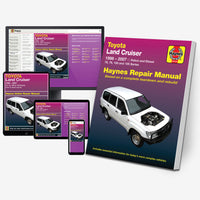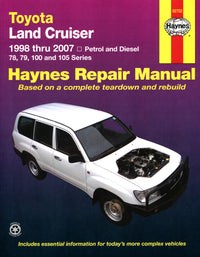Got a puncture, but no spare wheel? Hopefully there's a can of tyre sealant in the boot, but how does it work and how should you go about sorting out the tyre so you can carry on your journey?
What is tyre sealant?
Many car manufacturers no longer include spare wheels. You can sometimes add a spare as an optional extra at the time of purchase but this will invariably be a thin space saver tyre.
These are for emergency use only, and you should never exceed the advised speed limit (usually 80kph). If no spare is fitted you're likely to find yourself with a tyre repair kit situated in what was originally the spare wheel well.

This is likely to comprise of a can of tyre sealant, a pair of gloves, and little else. Some of the more sophisticated kits incorporate an air compressor too.
The sealant is commonly a latex based formula that temporarily 'plugs' the leak (if small enough) and enables you to get the car to a garage to have it repaired.
It's important to remember that it's only ever a temporary emergency repair, and the car should be taken to have the tyre repaired or replaced as soon as possible.
Spare wheel vs sealant
So what's are the pros and cons of sealant? Well, changing a spare wheel is not a straightforward task for someone not familiar with the process.
It involves jacking the car up, loosening potentially tight bolts, humping and big dirty wheel about and it can take quite some time – exposing you to danger for a long time if you're forced to change the wheel at the side of the road.
Sealant is much, much quicker and much easier to use but it's not suitable for all punctures. Any holes or tears in the sidewall mean the tyre can't be repaired or sealed, and if the tyre has been driven while flat it will be damaged, and beyond saving.
If any of those things happen the car will be immobilised and will need to be recovered. One other negative aspect is that the sealant usually means the tyre is unrepairable, or (less likely) the tyre fitter may charge extra to clean the sealant before being able to effect a repair.
How to use tyre sealant
While all sealants rely on the same principles there are differences between the applications, so it's always wise to familiarise yourself with the operating instructions before you actually need to use it (trying to work it out on a dark wet evening at the side of the road is not going to be much fun!).
It's also not advisable to attempt any kind of puncture repair if you're not parked in a safe place.
Carrying out a puncture repair on the side of a busy road, or on the motorway hard shoulder is not advised. In these instances we'd always suggest calling out one of the emergency recovery services and let them deal with it.
When you detect a puncture you should drive slowly to the next available safe place to pull over. Drive for any distance and you will irreparably damage the tyre's sidewall.
When stationary and safe, fetch the puncture repair kit and read the instructions on it (if you haven't already). You'll probably need to attach the bottle of sealant to the compressor, or to the compressor hose valve.

Remove the tyre valve cap and screw the sealant nozzle onto the valve. Pressing the trigger will force a mix of compressed air and sealant into the tyre.

It may take a little while to fill the tyre, and if you see any latex (usually white) bubbling out of the tyre tread, you know it's working. If the hole is larger than around 3mm, then it's likely the sealant won't work.
Once sealed and inflated it's important to drive the car straight away to disperse the sealant. Drive slowly (under 80kph) for a couple of miles then check the tyre again.
If you don't have a tyre compressor, and if possible, get to a petrol station with a tyre inflator, and add more air to the tyre.
As it's a temporary fix you shouldn't drive over 80kph, or for more than around 160km before getting it repaired. Don't forget to buy a new can of sealant to replace the old one!

